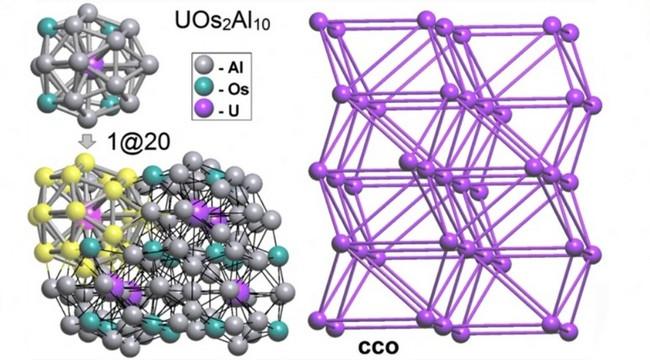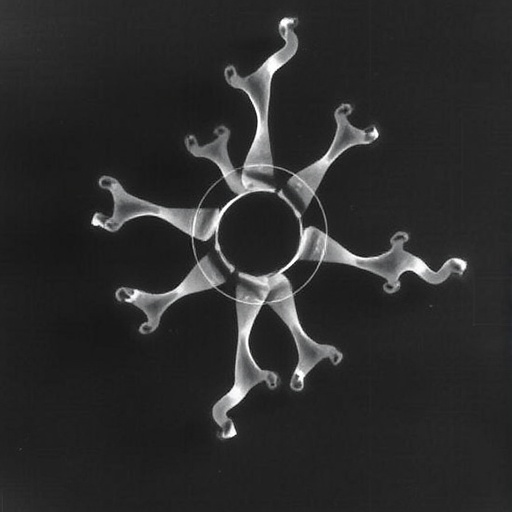This will enable scientists to better understand new materials and their behavior

Credit: @SamaraPolytech
Science always strives to replace complex natural objects and phenomena with simpler models. Scientists of Samara Center for Theoretical Materials Science (SCTMS) of Samara Polytech have developed methods to simplify the crystal structure of a substance to obtain chemically important knowledge. The main approaches are described in the article published in the Structural Chemistry journal IF 2.081 (doi:10.1007/s11224-020-01724-4).
“The main goal of simplifying any crystal structure is to understand the features of its structure and properties, and the simplification can be considered justified if it helps to achieve this goal,” professor Vladislav Blatov, the SCTMS director, explains. “Another important requirement is that the simplification must follow a strict algorithm in order to avoid human subjectivity, and be applicable to thebig crystallographic data”.
The crystallographic model of the crystal structure contains information only about the positions of atoms in space and requires special methods to restore the bond between atoms. All these methods use interatomic distances as the main criterion for the type of bond, but the best results were obtained with additional criteria such as bond strength or parameters of atomic Voronoi polyhedra. As a result, the crystallographic model is transformed into a crystallochemical one, where interatomic contacts of different types are represented by a grid. If all types of interatomic contacts are included in the grid, then it contains comprehensive information about the topology (connectivity) of the substance structure, and, consequently, about its properties associated with the structure. If some nodes (atoms) and / or links (bonds between atoms) are removed from this complete grid, a simplified model is obtained. In general, the simplification procedure can include the following basic operations: removing some atoms, removing some bonds, and combining some atoms together with the bonds between them into structural groups (units).
All these operations are easy to perform in the automated complex of computer programs and electronic databases ToposPro, developed by Vladislav Blatov’s team. By analyzing simplified structures, one can find patterns in their structure, hidden in the original complete structures.
###
For reference:
The Voronoi polyhedron of the atom is the result of dividing the crystal space into sections in such a way that the points of each of the sections are in maximum proximity only to the given atom.
(SCTMS) – Samara Center for Theoretical Materials Science (SCTMS) was organized in 2013; the center has been operating on the basis of Samara Polytech since 2018. Among the directions of SCTMS work are the software development for new materials modeling and intelligent analysis of experimental data; development of a new generation of electronic databases for heuristic prediction of the physical properties of solids; development of an expert system for the effective search for materials with specified properties; organization of a computer center for solids calculation by quantum mechanical methods; organization of schools, workshops, seminars on theoretical materials science.
Samara Polytech as a flagship university offers a wide range of education and research programs and aims at development and transfer of high-quality and practically-oriented knowledge. The university has an established reputation in technical developments and focuses on quality education, scientific and pragmatic research, combining theory and practice in the leading regional businesses and enterprises. Education is conducted in 30 integrated groups of specialties and areas of training (about 200 degree programs including bachelor, master programs and 55 PhD programs) such as oil and gas, chemistry and petrochemistry, mechanics and energy, transportation, food production, defense, IT, mechanical and automotive engineering, engineering systems administration and automation, material science and metallurgy, biotechnology, industrial ecology, architecture, civil engineering and design, etc.
Media Contact
Roman Naumov
[email protected]
Related Journal Article
http://dx.




